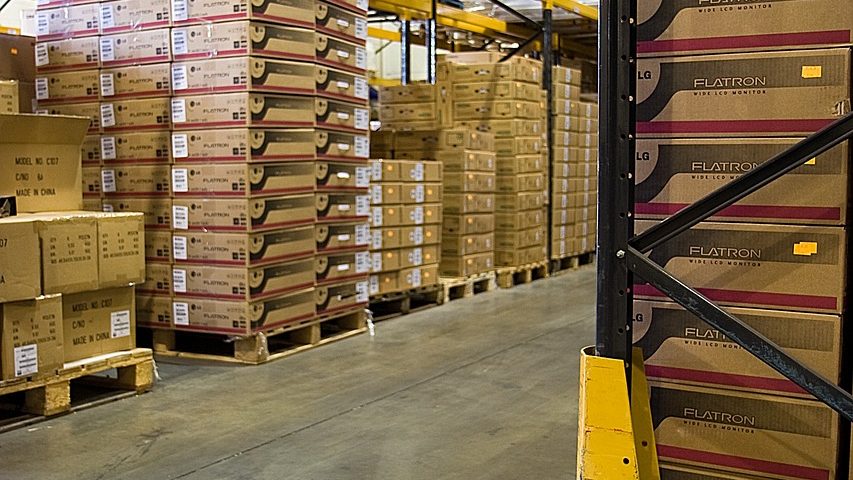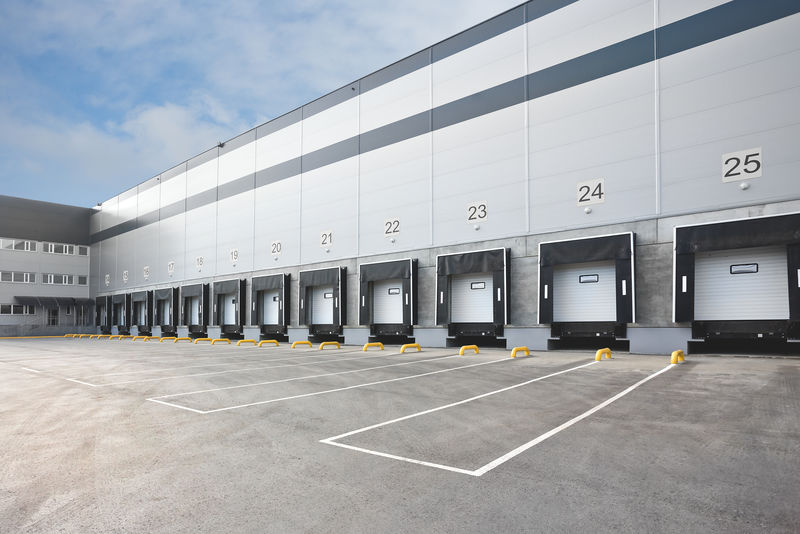Introduction: In the complex world of international trade, understanding the nuances of VAT (Value Added Tax) is crucial for businesses operating within the European Union. This article delves into the essential steps and considerations for self-VAT clearance, ensuring your business remains compliant and avoids costly penalties.

1. VAT Number and Destination Consistency The first and foremost requirement for self-VAT clearance is ensuring that the country of your offshore VAT number matches the final destination of your goods. This consistency is non-negotiable and is the foundation of a successful customs clearance process.
2. Documentation and Authorization Before arranging customs clearance, it’s imperative to provide basic information materials and signed authorization documents for pre-approval. This includes a Business License, VAT Certificate, EORI Certificate (or number), and tax proof from the last three months. Additionally, a photo of the legal representative’s passport or ID, along with contact information for an accountant or company within Europe, should be readily available.
3. Tax Proof Submission To maintain compliance with customs, clients must submit tax proof on a monthly or quarterly basis. For monthly submissions, provide the tax proof for the previous month by the 20th of the current month. For quarterly reports, ensure the proof is submitted by the 20th of the month following the quarter—January, April, July, and October.
4. Penalties and Real Costs Any penalties incurred due to issues with the client’s tax number or tax filing are the client’s responsibility. It’s crucial to stay on top of your tax obligations to avoid these additional costs
5. Staying Informed Customs regulations and requirements can change, so it’s essential to stay informed about any updates or additional notices that may impact your self-VAT clearance process.
Call to Action: Stay ahead of the game by subscribing to our newsletter for the latest updates on VAT regulations and customs clearance tips.

